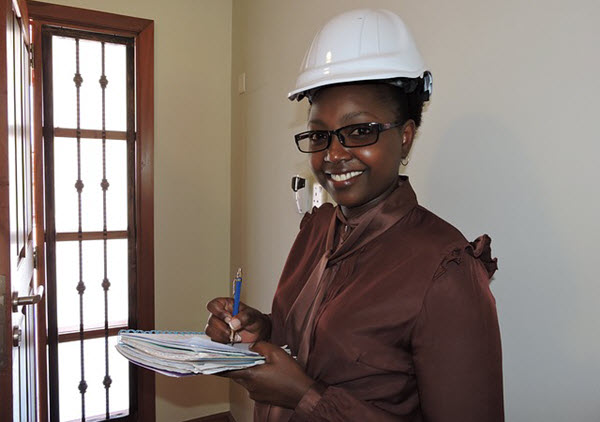Competency Demonstration Report or CDR is a technical document that needs to be submitted to the Engineers Australia for skills assessment process. In simple words, it could be your ticket to getting your Skilled Migration Visa.
How?
Well, as a professional engineer looking for an engineering job in Australia, CDR is possibly the best document that could get you there. It’s a representation of your engineering skills and competencies written in long essay format.
After submission, the EA, which is the assessing authority of CDR, will check your report for your migration visa. They will rate your CDR based on the information you shared and decide whether you are suitable or not for the engineering role you’re applying for.
Writing Your CDR
To get a great score, you need to know exactly how to write CDR. It demands a lot of consideration, correct knowledge, and the right language. You can find free samples from websites like CDR Report.
To make things more transparent to you, here are some pointers you should consider before you write your own CDR.
Know the requirements
Before you sit in front of your laptop to write your CDR, you need to understand all the requirements beforehand. To begin with, understand the integrities suggested in the MSA (Migration Skills Assessment) Booklet. The booklet is updated whenever the EA decides to include or revise the content inside. It is very important to understand all those guidelines.
Also, engineers need to follow the format as suggested in the MSA. For example, the CPD needs to be in a list format.
Know what you are applying for
Identify the engineering occupation that you are applying for. That way, you’ll be able to write the content accordingly.
For instance, if you think yourself to be fit for an Engineering Manager profile, read through the essential competencies required and focus on sharing relevant information.
Things to Include In Your CDR
Continuous Professional Development

After the crucial research, you can start drafting your Continuous Professional Development list. It’s a list of everything you’ve done to keep up with the changes in your field after completing your engineering graduation.
The list may include the following:
- Your postgraduate study details
- Books, journals or manuals you studied to gain more knowledge about the field
- Conferences you attended
- Volunteering or mentoring work you did related to your engineering profession
- Materials you prepared and presented in various courses, conferences, and seminars
- Short-term courses, workshops, seminars, technical meetings, and discussions you attended
3 Career Episodes
Three career episodes are 1,000 to 2,500-word essays which show your growth as an engineer. When writing a Career Episode always begin by talking about the project and company or organization you’ve worked for.
In each career episode, you have to address four sections:
- The Introduction section which should be about 100 words. It should cover the project’s dates and the duration, location where it happened, organization’s name, and your position there.
- The Background section consumes 200-500. It’s where you describe the context of what you were working on at that time.
- Personal Engineering Activity is where you have to give a narration of the actual work you did in 500 to 1000 words. Make sure you address all the challenges you faced and what you did to overcome them.
- In the end, write a Summary for your Career Episode that highlights all the engineering-related competencies you demonstrated in that particular narrative.
Also, don’t forget to number your paragraphs, particularly the Career Episodes, according to the Engineers Australia guidelines. - Take note of all the calculations, both engineering and technical, that you performed for the project. Keep track of their results and the process you did to reach them.
- Mention all your achievements at the end of the career episode section. These could include the project outputs or the goals or targets you met.
Summary Statement

Summary statement, as the name suggests, is the summary of your 3 career episodes. In this section, you need to ensure that you have addressed all the Engineers Australia competency issues for the chosen ANZSCO code. You need to provide the cross references of the paragraphs that you have written in each career episode.
In addition, do not start any additional argument in the summary statement. The purpose of the summary is to summarize your CDR and you should not divert away from that goal.
The three types of indicators that you must aim to show in a summary statement are:
- Your engineering knowledge and skills
- Application of your engineering capabilities
- Your professional and personal characteristics
After you are done with writing all these three sections, make it a point to revise your CDR once or even twice.
Plus, do not forget to check the CDR for plagiarism even if you have not taken help from any internet sources or samples. EA has sophisticated software systems to catch all instances of plagiarism and presenting plagiarised content to them will lead to banning of your CDR.
The process is complicated and demands indefinite efforts. So, if you get stuck at some point and don’t have any idea about how to write CDR, don’t get disheartened. Keep on trying harder and don’t feel shy about asking help.
The post How To Write Your Own Competency Demonstration Report (CDR) appeared first on Dumb Little Man.
from
https://www.dumblittleman.com/how-to-write-cdr/

No comments:
Post a Comment